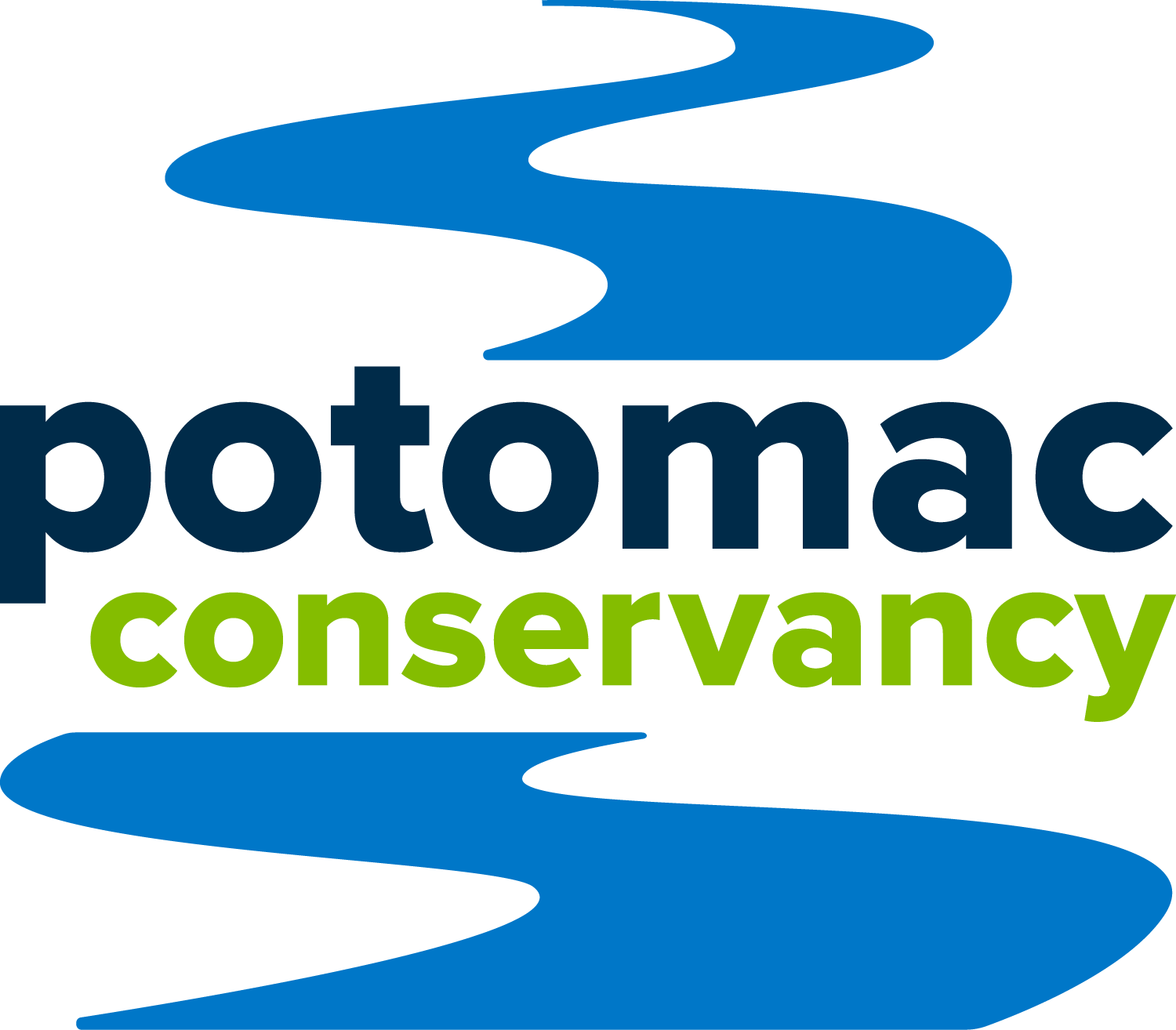Dozens, hundreds, thousands? Just how many dolphins are there in the Potomac?
/Hear from the local expert who started the Potomac-Chesapeake Dolphin Project
The Potomac is home to a lot of cool critters — the great blue heron, bald eagles, otters, beavers.
But as it turns out, there’s another animal we can add to the list: bottlenose dolphins!
Reports of dolphins in the Potomac stretch way back. One report from the 1880s claims there were dolphins as far north as Georgetown. But we’re only just starting to learn about them thanks to Potomac Conservancy donor and Georgetown biology professor Janet Mann.
After studying dolphins in Shark Bay in Western Australia for over 30 years, Mann recently moved to Northern Neck of Virginia to get some time away from work, but that didn't last long.
"The day we closed on the house, I looked in the backyard and said, 'Oh look, dolphins,'" Mann recalls.
That’s how the Potomac-Chesapeake Dolphin Project got its start.
"With a little research, we soon realized that the Potomac-Chesapeake population is the least understood of all dolphin populations in the mid-Atlantic," Mann said.
Though the Potomac River and Chesapeake Bay are home to hundreds, perhaps thousands, of dolphins, very little is known about them. Mann and her colleagues are trying to change that.
They’re researching exactly how many dolphins there are, where they live, their behavior, and their risk to disease. The project took off in 2015, and so far they’ve been surprised by just how many dolphins they’ve counted — 500 in the Potomac alone, which means there are probably thousands in the Potomac and Chesapeake Bay.
"Most surprising is the large numbers. We sometimes have groups of over 100 dolphins when I am more accustomed to 4-5 dolphins in Shark Bay," said Mann.
Mann's findings suggest that the density of the Potomac's dolphin population might be even higher than in Australia's Shark Bay, which is thought to have one of the highest densities of bottlenose dolphins in the world.
"Also, the Potomac-Chesapeake is clearly an important breeding area as we see many newborns and lots of mating groups," she said.
So are the dolphins returning to the river because water quality is improving, or have they always been here? That question remains unanswered.
"Locals have the most knowledge and while some have said that the dolphins were always here, others say that despite living on the river for 50 years, they have only just started seeing dolphins," Mann said.
A former student of Mann's, Ann-Marie Jacoby, is interviewing local residents up and down the Potomac with funding from National Geographic to try and piece together the answer.
If you see a dolphin, you’re encouraged to report the sighting along with the date, time, and location (GPS coordinates if you have them) by email to pcdolphinproject@gmail.com. Dolphins are generally spotted in our area between April and October.
But that's not all you can do if you want to help the Potomac dolphins.
"It is also important that people support government and non-government efforts to clean up the Potomac and connected waterways. Individually, people can reduce their carbon footprint, assist directly in clean up efforts, and help educate their family, friends, and co-workers," Mann said.
You can learn more about how to get involved with the Potomac-Chesapeake Dolphin Project here.
Happy dolphin spotting!














What’s a cousin of our river otters, has a tail over half as long as its body, and strikes fear in the hearts of porcupines? Read on to find out!